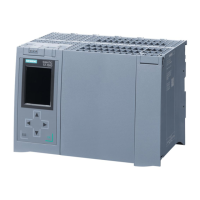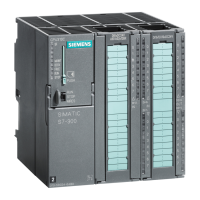Safety Programming Guideline
Entry ID: 109750255, V1.0, 10/2017
3.4 True & False
Regarding the use of "TRUE" and "FALSE" signals in safety programs, there are
two different use cases:
Actual parameters on blocks
Assignments on operations
Actual parameters on blocks
For S7-1200/1500 controllers, you can use the Boolean constants "FALSE" for "0"
and "TRUE" for "1" as actual parameters for interconnecting formal parameters
during block calls in the safety program. Only the keyword "FALSE" or "TRUE" is
written to the formal parameter.
Figure 3-4: "TRUE" / "FALSE" signals as actual parameters
Assignments on operations
To generate "TRUE" / "FALSE" signals for operations, proceed as follows:
8. Create two static tags, "statTrue" and "statFalse", of the BOOL data type.
9. Assign the default "true" to the "statTrue" tag.
10. Assign the default "false" to the "statFalse" tag.
In the complete function block, you can use the tags as reading "TRUE" and
"FALSE" signals.
Figure 3-5: Declaration of "TRUE" and "FALSE" signals

